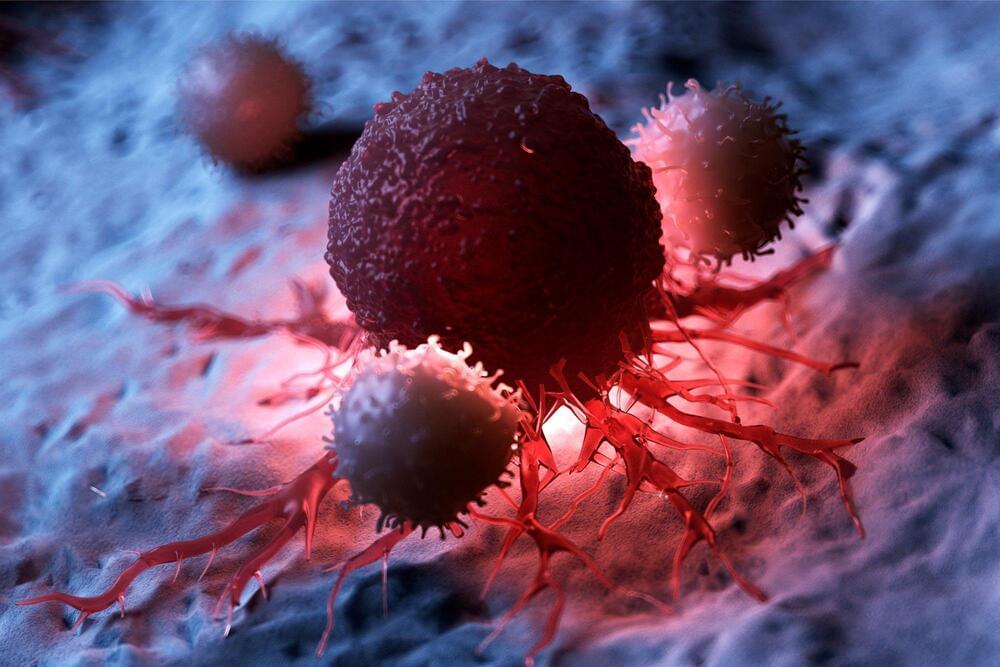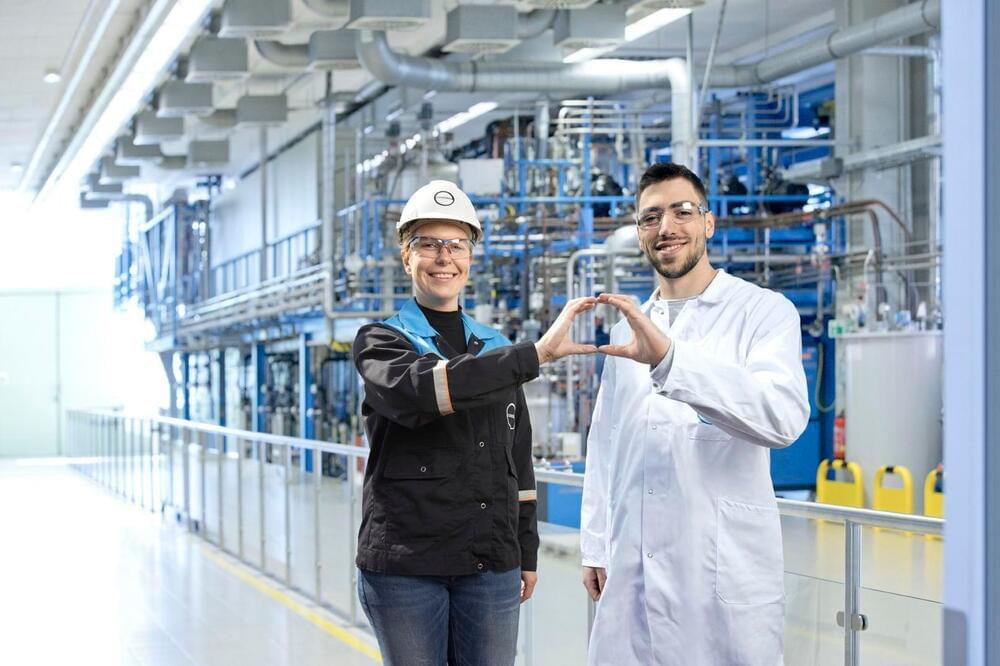After years of scandals left NSO Group broke and on a U.S. blacklist, L3Harris Technologies expressed interest, and the White House expressed concern.




A research team from the Korea Institute of Science and Technology has developed ‘nanomachines,’ which use mechanical molecular movements to penetrate and destroy cells. Selective cancer cell penetration is also possible by using a latch molecule released near cancer cells. Cancer is a condition where some of the body’s cells grow out of control and spread to other bodily regions. Cancer cells divide continually, leading them to invade surrounding tissue and form solid tumors. The majority of cancer treatments involve killing the cancer cells.
According to 2020 estimates, 1.8 million new instances of cancer were diagnosed in the US, and 600,000 people passed away from the condition. Breast cancer, lung cancer, prostate cancer, and colon cancer are the most common cancers. The average age of a cancer patient upon diagnosis is 66, and individuals between the ages of 65 and 74 account for 25% of all new cancer diagnoses.
Proteins are involved in every biological process and use the energy in the body to change their structure via mechanical movements. They are referred to as biological ‘nanomachines’ since even minor structural changes in proteins have a substantial impact on biological processes. To implement movement in the cellular environment, researchers have focused on the development of nanomachines that imitate proteins. However, cells use a variety of mechanisms to defend themselves against the effect of these nanomachines. This restricts any relevant mechanical movement of nanomachines that could be used for medical purposes.



Astronomers are buzzing after observing the fastest nova ever recorded. The unusual event drew scientists’ attention to an even more unusual star. As they study it, they may find answers to not only the nova’s many baffling traits, but to larger questions about the chemistry of our solar system, the death of stars and the evolution of the universe.
The research team, led by Arizona State University Regents Professor Sumner Starrfield, Professor Charles Woodward from University of Minnesota and Research Scientist Mark Wagner from The Ohio State University, co-authored a report published today in the Research Notes of the American Astronomical Society.
A nova is a sudden explosion of bright light from a two-star system. Every nova is created by a white dwarf—the very dense leftover core of a star—and a nearby companion star. Over time, the white dwarf draws matter from its companion, which falls onto the white dwarf. The white dwarf heats this material, causing an uncontrolled reaction that releases a burst of energy. The explosion shoots the matter away at high speeds, which we observe as visible light.

It’s the largest, richest, most in-depth, most accurate map of the Milky Way that’s ever been constructed. This sparks joy.


The fastest-growing black hole of the last 9 billion years has been discovered by an international team led by astronomers at The Australian National University (ANU).
The black hole consumes the equivalent of one Earth every second and shines 7,000 times brighter than all the light from our own galaxy, making it visible to well-equipped backyard astronomers.
Lead researcher Dr. Christopher Onken and his co-authors describe it as a “very large, unexpected needle in the haystack.”